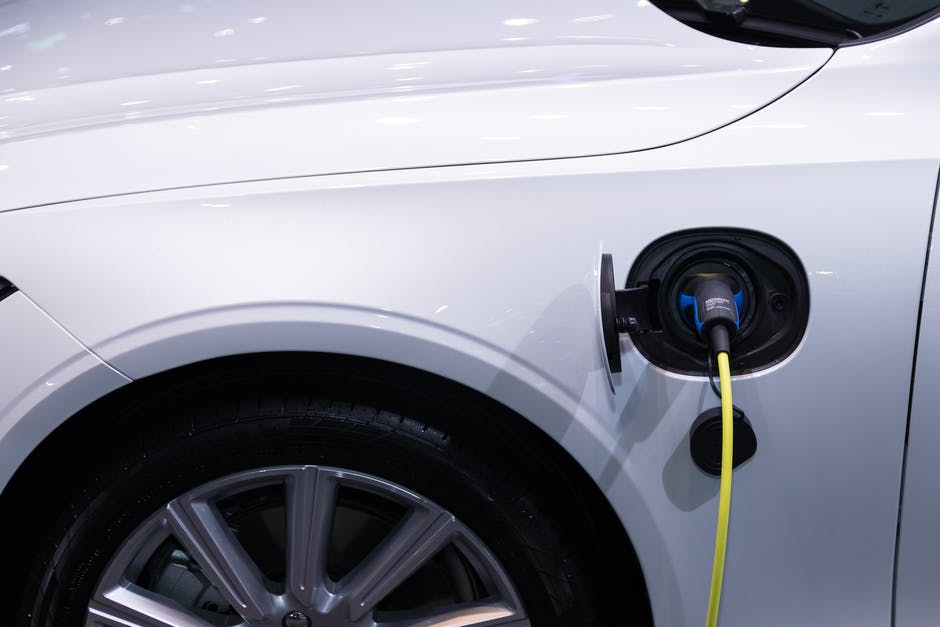In 2019, global electric car sales totaled 2.1 million units, outperforming 2018 sales. By the end of 2019, approximately 7.2 million electric cars were in operation worldwide. All in all, electric vehicle (EV) sales and stocks showed a 40% year-on-year increase.
This 2021, market experts forecast global EV sales to reach at least 1.3 to 3 million.
All those figures prove how EVs are picking up the pace.
So, if you’re in the market for a new ride, you should take the time to compare electric cars vs. gas vehicles first. This way, you can invest in a machine that won’t only run and last longer but also save you more money in the long term.
To that end, we created this electric vs. gas car comparison guide to help on-the-fence buyers. Read on to discover how they differ in terms of cost, maintenance, mileage, and emissions.
Purchase Price of Electric Cars vs. Gas Vehicles
An estimated $19,000 difference exists in the sticker price of an electric car vs. a gas-powered one. The more expensive one, as you likely have guessed, is the EV. This higher price is one of the main reasons that affluent buyers dominate the EV market.
To give you an idea, electric car prices averaged $55,600 in 2019. That’s a lot of Benjamins, but that does indicate a 13.5% drop ($8,700) from the previous year’s average $64,300 price. What’s more, Tesla says that it’s already working on a $25,000 EV model.
If Tesla delivers, it can trigger a domino effect within the EV market sector. Other electric vehicle makers will have to produce a similar offer to stay in the game. This, in turn, can result in the purchase price of EVs dropping further.
Average Operating Cost of Electric Car vs. a Gas-Powered One
A 2018 University of Michigan study found that, on average, operating an EV in the US costs about $485 a year. That jumped up to $1,117 for a gas-powered vehicle. That’s a staggering 56% difference of $632!
Mileage of Electric Cars vs. Gas-Tanked Counterparts
Recent EV models can travel up to 250 miles on a single charge. However, Teslas can run up to 350 miles between charges. So, if you drive an average of 30 miles per day, an EV can last you for about eight to 11 days or so between charges.
A full tank of gas, on the other hand, can last up to 400 miles on average. If you drive 30 miles a day, then a full tank can last you for up to two weeks.
Electric Car Maintenance Costs vs. Gas-Powered Rides
EV owners spend an average of 50% less on maintenance and repairs than gas-powered car owners. The potential savings could be even bigger for pure EVs, as these have fewer moving parts. This is a perfect example of when less is definitely more.
After all, the fewer the moving parts, the less maintenance required. For starters, gas-powered vehicles have more complex powertrains and require routine oil changes. Because of this, the average US consumer spent $2,094 on car gas, fuels, and motor oil in 2019 alone.
On the other hand, pure EVs have simpler powertrains and don’t need oil changes. These are some of the top reasons electric cars cost less to maintain and fix than gas-powered rides.
Electric Car Emissions vs. Gas Carbon Footprint
Pure electric cars have zero tank-to-wheel emissions. However, all forms of electric vehicles still have emissions contributions. This happens throughout their manufacturing process and their use of electricity.
Despite that, EV batteries still spew 50% less carbon dioxide than a typical car. This means they have less impact on the environment than a gas-powered vehicle. So, that’s another amazing incentive to go electric when you purchase your next ride.
On that note, gas-powered vehicles are among the top contributors of CO2 worldwide. In the US alone, more than 90% of transportation fuel consists of petrol, including gas. As such, the use of gasoline is a major source of greenhouse gas emissions, including CO2.
Do note that CO2 emissions are some of the major culprits behind global warming. Global warming, in turn, is destroying the environment and aggravating natural disasters. Moreover, CO2 at high levels is harmful to humans and animals.
Top up Options for Electric Cars vs. Gas Cars
According to this post, the average EV charging station costs about $6,000 to install. For this amount, you’d get a level 2 charger, which can take about four to eight hours to “juice” up an EV. They’re available for commercial users and residential property owners.
If you rather not buy your own EV charging station, you can use a public charging station. The US is now home to over 78,500 charging stations, of which 64,000 are AC-based, the rest being DC-based. Some stations still offer free charging, but others now charge “top-up” fees.
If you decide to invest in your own station, know that you can save even more if you go solar. Solar PV systems can charge EVs just as they can power up entire homes.
Although EVs now have more top-up options, those for gas cars still outnumber them. For starters, there are at least 115,000 gas stations throughout the US. This means you’re less likely to run out of juice if you drive a gas car, and even if you do, odds are, there’s one nearby you.
Electric Cars: The Greener Option
There you have it, the ultimate guide that compares electric cars vs. gas vehicles. If you do the math, you’ll see that EVs are the greener option in more ways than one. They may be able to save you more money in the long run, and they’re also better for the environment.
So, if you can afford it, consider investing in an electric vehicle.
Interested in more automotive guides like this? Don’t be shy then: stick around and check out our other auto and motorcycle how-tos!

